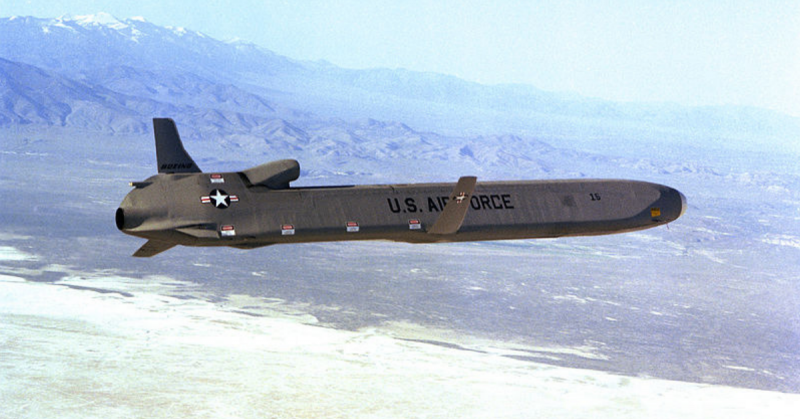The US Department of Defense has announced that it is awarding a $51 million contract to Lockheed Martin to develop a Joint Air-to-Surface Standoff Missile Extreme Range (JASSM-XR).
The contract includes all-up round level systems, engineering, testing, and integrating the JASSM-XR hardware and firmware. The program includes a new missile control unit as well as the necessary hardware and infrastructure to support the production of the JASSM-XR.
The work will be done in Orlando, Florida, and should be finished by August 2023. $4.9 million from the US Air Force’s fiscal 2017 and 2018 research and development funds were committed to this project when the contract was awarded.
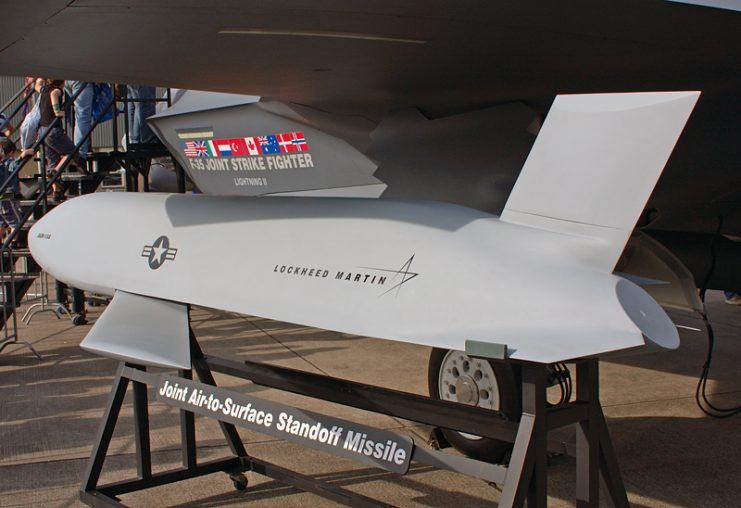
The JASSM is a long-range air-launched cruise missile. It is specially built to avoid radar and contains an infrared seeker and GPS guidance which allow it to hit long-range fixed targets with a 1,000-pound penetrating blast payload.
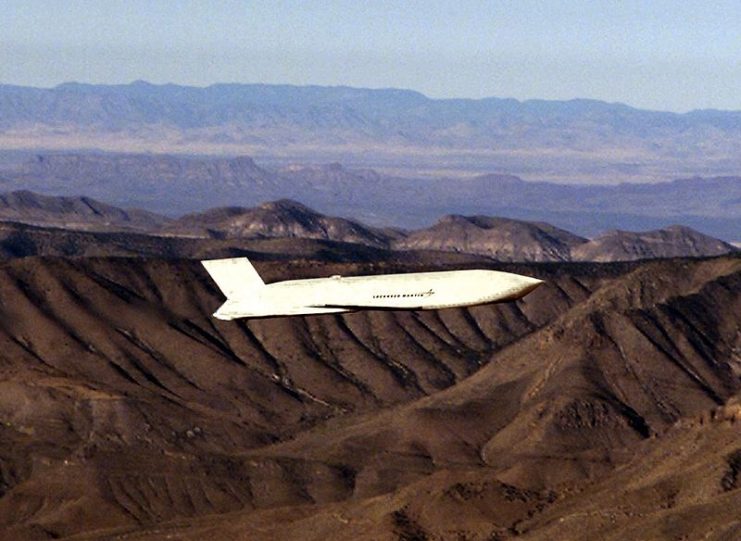
A standard JASSM can be mounted on Air Force and Navy fighters and bombers. The JASSM-ER is deployed on B1B Lancer heavy supersonic bombers. Work is underway to adapt the JASSM-ER to other aircraft.
The XR (Extreme Range) version is expected to have a range of more than a thousand miles (over 1,600 kilometers). This version will be deployed by heavy bombers and some strike aircraft. It will be used for stand-off strikes against hardened targets.
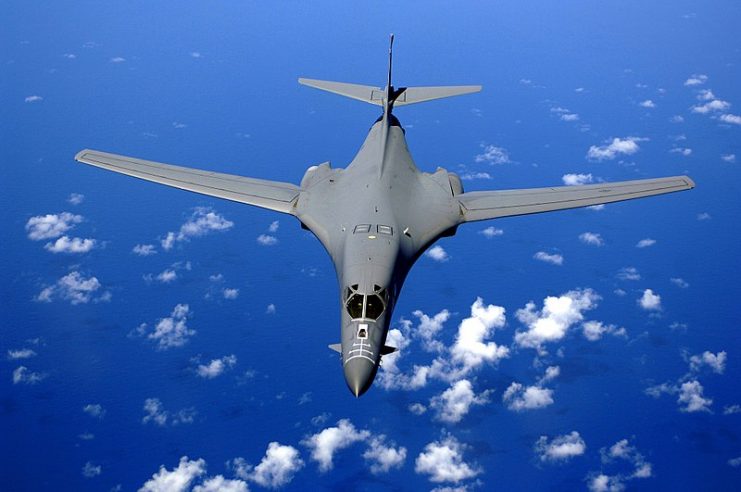
The JASSM is a subsonic cruise missile. They fly low, under enemy radar, using GPS that is resistant to jamming and an internal navigation system that guides the missile on a preset route to the target. Shortly before impacting the target, the missile switches on infrared-seeking technology to identify the target.
Nineteen JASSM missiles were used in Syria during the NATO strike in April 2018, which was in retaliation for the Syrian government’s alleged use of chemical weapons.
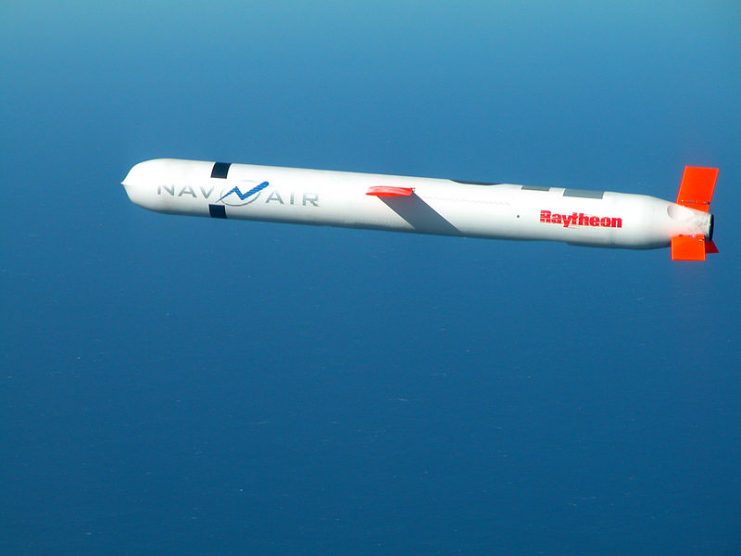
The original JASSM had a range of 230 miles (about 370 kilometers). That was improved with the introduction of the JASSM-ER which extended that range to 500 miles (over 804 kilometers). This increase was due to larger fuel tanks and the Williams F107-WR-105 turbofan engine which is more efficient.
Having a longer range on the JASSM-XR will allow the US military to be more flexible with their missions and will also protect US assets. The XR will be able to strike enemy targets further away or use the extra range to fly around enemy defenses and impact from an unanticipated direction. It also allows ships without stealth capability to fire their weapons without drawing near to the enemy’s position.
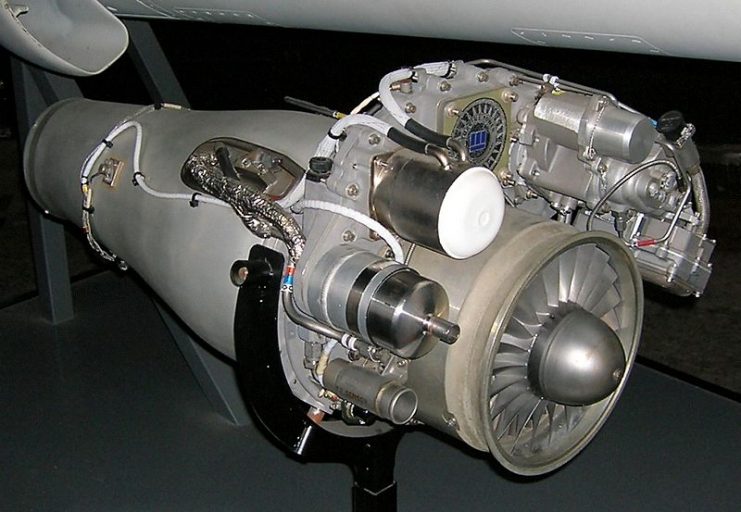
The JASSM program was almost canceled due to years of reliability issues. In 2005, the Department of Defense threatened to cancel the program after several poor test results. Throughout 2007, the program fluctuated between being supported and nearly being canceled. Then, in 2009, the program was almost canceled again. 2010 saw some positive results after a break in production, and the project was back on once more.
Read another story from us: Top 5 US Military Spy Planes – Eyes in the Sky
Now, the missile is receiving export orders. Planned orders for the JASSM missiles should keep it in production until 2021 and possibly beyond.
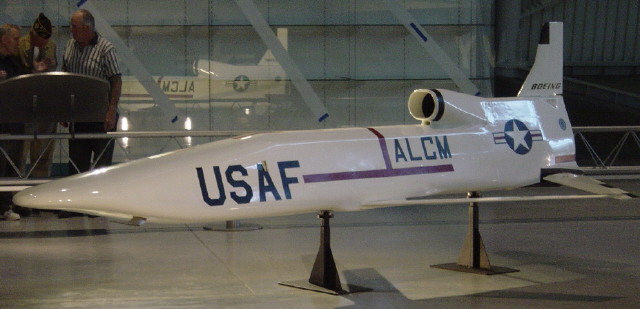
The AGM-158 JASSM missile currently in production costs approximately $1 million per missile. The Air Force hopes to bring that cost down to $800,000 per missile.
